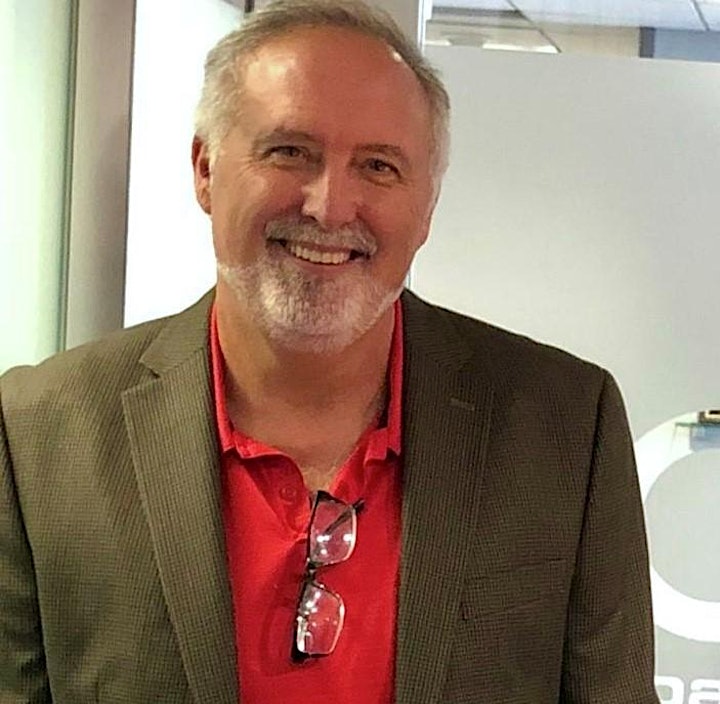Sustain is the hardest S of them all. This makes sense because of two main reasons. One, it encompasses all the other Ss. You should ask many questions that start with how we should sustain. How should we sustain the Sort? How should we sustain the Straighten? How should we sustain the Sweep/Shine? How should we sustain Standardization?
Figure 1 – The 5S Categories complete with SUSTAIN
Then, a key question is, how do we continue to inspire and motivate the team to do 5S to get each person to own it as an employee or trade partner? How can we show our appreciation as a company for those doing 5S daily? All these questions fall under Sustain.
When you have executed a Sort and Straighten on an area, you need to work through some iterative cycles of Sweep/Shine to assess if your Straighten is as efficient as it can be or if there is more waste to remove. Once your Sweep/Shine is stable, the team is doing an excellent job of keeping everything to the standards you worked out together, and you can consider it stable.
Figure 2 – An example of a 5S Audit showing Level 0 to 4
Training everyone to the standard must be part of your Sustain plan. The team should develop a sign or chart like the one above that can help with inspecting an area that has a 5S system in place. You can score the team daily on a point system intending to improve to the next level of standard after a few weeks of practice and vetting out improvements to make the 5S system as efficient as possible. This Sweep/Shine score chart can celebrate excellence when the team achieves levels of excellence. You may have in place an agreed-upon achievement system, such as using levels of achievement. You define these levels together to create expectations and a vision of what the team can achieve if they solve all the current issues that may be visible but unresolved when you first start out.
In the first few weeks, the team may earn only four or five points out of a ten-point system. The first level of achievement might be to reach fifty-plus points two weeks in a row. Celebrate and set the next level of achievement. Perfection is always the North Star of any goal. Striving for perfection keeps us looking for ways to improve what may work well but could still be better. By better, we mean it will be easier for the person executing the work.
Sustain is about setting up a system that continuously checks for standards and is about striving to improve as we learn. It is about having a way to spread the standards across the organization. If what you are doing on one project works well, shouldn’t it be considered a standard for all your projects? You need a daily checklist and visual controls in your 5S system. This is how we hold ourselves accountable to the standards as a trade partner 5S’ing their own materials, tools, and equipment; or as a project team maintaining the 5S system they have put in place.
When you first start with 5S, as a champion of the process, do not forget to produce a celebratory gift. It could be a sticker you place on your team’s hardhat, or it could be a shirt that your company has issued to those trained on 5S. It does not matter what it is, it just needs to be considered if you want a good start to the process. I highly recommend that you tie this gift to achieving a result – like hitting level 3 of your audit checklist. Celebration is a key to sustain and a terrific way to wrap up the 5S training.
Figure 3 – Shirts displayed by the team at Gerdau Ameristeel (2003)
 Perry Thompson
Perry Thompson